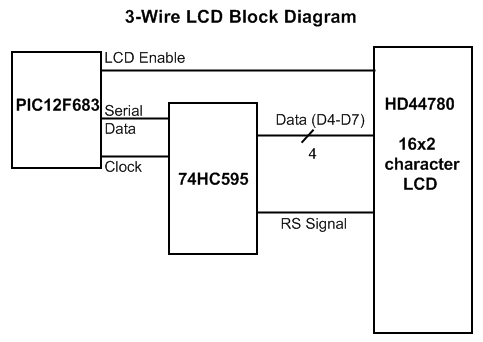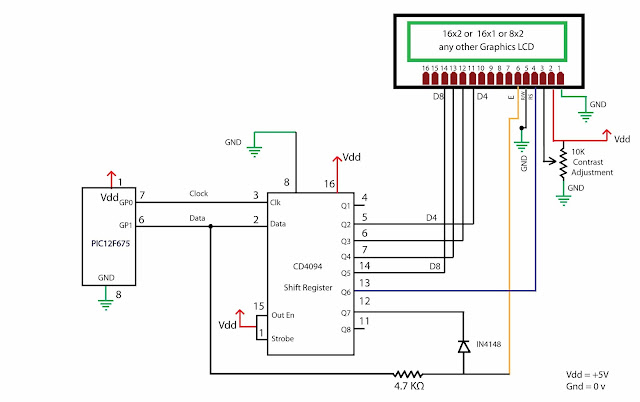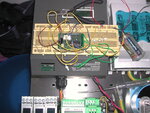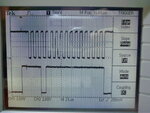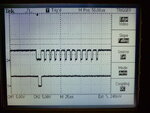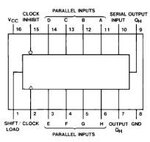cts_casemod
Member level 4
Hi,
Looking for a way to serially transmit Data to a HD4470 LCD. Both the source and the LCD are parallel.
Easy enough to get a serial LCD, problem is my source is parallel, so I would have to convert that to serial first.
Tks
Looking for a way to serially transmit Data to a HD4470 LCD. Both the source and the LCD are parallel.
Easy enough to get a serial LCD, problem is my source is parallel, so I would have to convert that to serial first.
Tks

